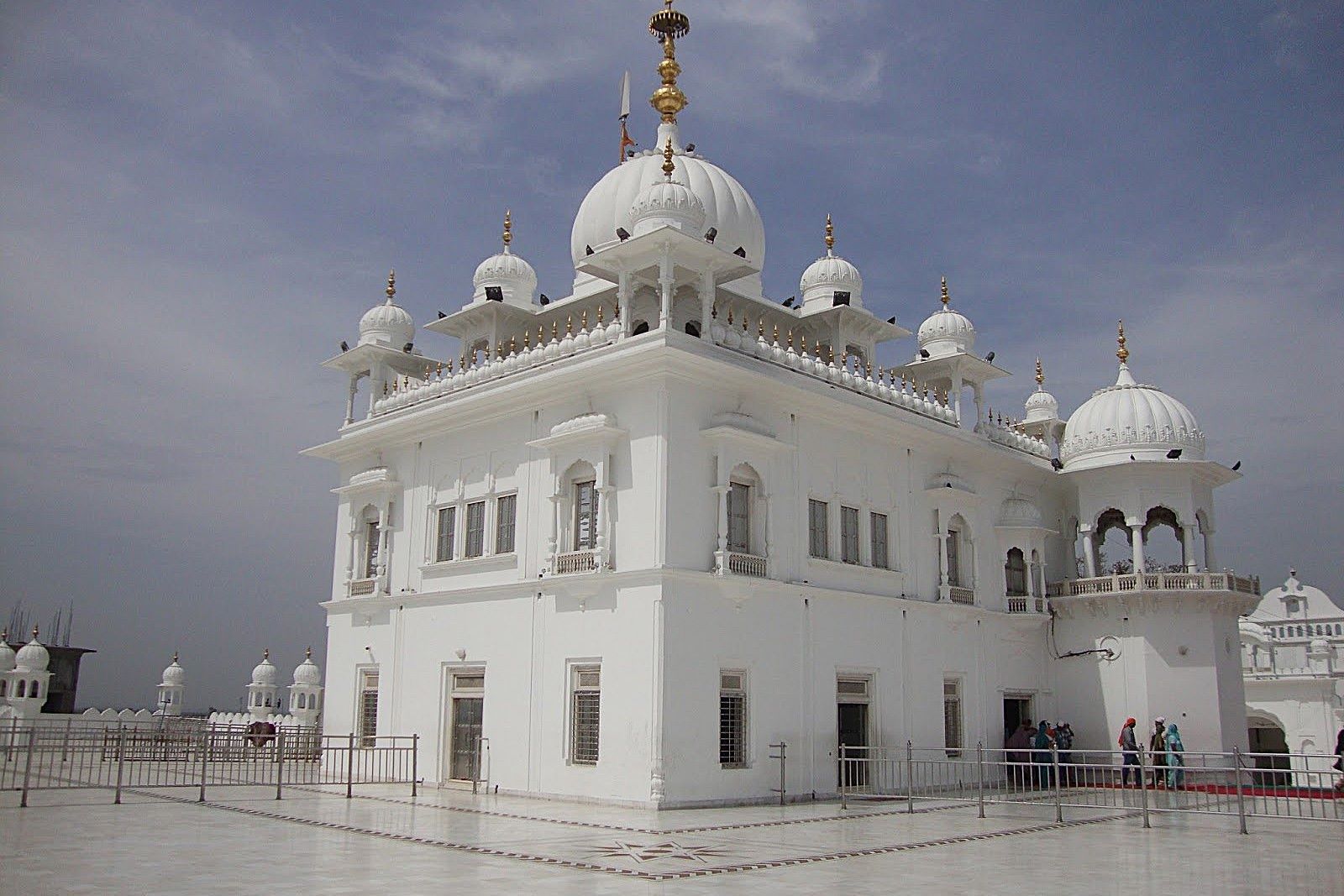
Takht Kesgarh Sahib is one of the five sacred seats of authority in Sikhism, known as Takhts. Located in Anandpur Sahib, Punjab, this revered site holds immense historical and spiritual significance. Did you know that it was here that Guru Gobind Singh, the tenth Sikh Guru, founded the Khalsa in 1699? This event marked a pivotal moment in Sikh history, shaping the faith's identity and principles. Visitors to Takht Kesgarh Sahib can explore its rich heritage, including the weapons used by Guru Gobind Singh and other historical artifacts. Whether you're a history buff, a spiritual seeker, or simply curious, Takht Kesgarh Sahib offers a profound glimpse into Sikh culture and tradition. Ready to learn more? Let's dive into 15 fascinating facts about this iconic site.
Key Takeaways:
- Takht Kesgarh Sahib, a sacred Sikh site, holds historical, architectural, and spiritual significance. It symbolizes unity, equality, and cultural heritage, attracting pilgrims from around the world.
- The Gurdwara at Takht Kesgarh Sahib conducts daily prayers, serves free meals, and promotes interfaith harmony. It continues to inspire and guide the Sikh community, embodying the values of Sikhism.
What is Takht Kesgarh Sahib?
Takht Kesgarh Sahib, one of the five Takhts (seats of authority) in Sikhism, holds immense historical and religious significance. Located in Anandpur Sahib, Punjab, it is a revered site for Sikhs worldwide. Let's dive into some fascinating facts about this sacred place.
Historical Significance
Takht Kesgarh Sahib is not just a religious site but also a historical landmark. Its roots are deeply intertwined with Sikh history.
-
Foundation by Guru Gobind Singh: Guru Gobind Singh, the tenth Sikh Guru, founded Takht Kesgarh Sahib in 1699. This site marks the birthplace of the Khalsa, the collective body of initiated Sikhs.
-
Creation of the Khalsa: On April 13, 1699, Guru Gobind Singh established the Khalsa Panth at Takht Kesgarh Sahib. This event is celebrated annually as Vaisakhi, a major Sikh festival.
-
Battle of Anandpur Sahib: The fort of Anandpur Sahib, where Takht Kesgarh Sahib is located, witnessed several battles between the Sikhs and the Mughal forces. These battles are a testament to the resilience and bravery of the Sikh warriors.
Architectural Marvel
The architecture of Takht Kesgarh Sahib is a blend of traditional Sikh and Mughal styles. It stands as a symbol of spiritual and architectural grandeur.
-
Distinctive Dome: The Gurdwara features a distinctive dome, which is a hallmark of Sikh architecture. The dome is adorned with intricate designs and gold plating.
-
Sacred Pool: A sacred pool, known as Sarovar, surrounds the Gurdwara. Pilgrims take a dip in this holy water, believing it purifies their soul.
-
Historical Artifacts: The Gurdwara houses several historical artifacts, including weapons used by Guru Gobind Singh and other Sikh warriors. These artifacts are displayed in a museum within the complex.
Spiritual Importance
Takht Kesgarh Sahib is a spiritual haven for Sikhs. It is a place where devotees seek solace and spiritual enlightenment.
-
Daily Prayers: The Gurdwara conducts daily prayers and kirtans (devotional songs). These prayers are attended by thousands of devotees who seek blessings and spiritual guidance.
-
Amrit Sanchar: The ceremony of Amrit Sanchar (initiation into the Khalsa) is conducted at Takht Kesgarh Sahib. This ceremony holds immense significance in Sikhism.
-
Langar: The tradition of Langar (community kitchen) is practiced at Takht Kesgarh Sahib. Free meals are served to all visitors, irrespective of their caste, creed, or religion.
Cultural Impact
Takht Kesgarh Sahib has a profound cultural impact on the Sikh community. It is a symbol of unity, equality, and brotherhood.
-
Annual Celebrations: Vaisakhi is celebrated with great fervor at Takht Kesgarh Sahib. The celebrations include religious processions, prayers, and community feasts.
-
Pilgrimage Site: Sikhs from around the world undertake pilgrimages to Takht Kesgarh Sahib. It is considered a spiritual journey that strengthens their faith.
-
Educational Hub: The Gurdwara complex includes educational institutions that impart knowledge about Sikhism and its rich history. These institutions play a crucial role in preserving Sikh heritage.
Modern-Day Relevance
Despite its historical roots, Takht Kesgarh Sahib remains relevant in modern times. It continues to inspire and guide the Sikh community.
-
Social Services: The Gurdwara is involved in various social services, including healthcare and education. These services benefit the local community and promote the values of Sikhism.
-
Interfaith Harmony: Takht Kesgarh Sahib promotes interfaith harmony by welcoming people of all religions. It stands as a beacon of peace and unity.
-
Global Recognition: The significance of Takht Kesgarh Sahib extends beyond India. It is recognized globally as a symbol of Sikh faith and heritage.
Final Glimpse at Takht Kesgarh Sahib
Takht Kesgarh Sahib stands as a beacon of Sikh history and spirituality. This revered site, located in Anandpur Sahib, Punjab, holds immense significance for Sikhs worldwide. It’s where Guru Gobind Singh founded the Khalsa in 1699, a pivotal moment in Sikh history. The Takht houses sacred relics, including weapons used by the Guru, making it a treasure trove of heritage. Visitors are often struck by the serene atmosphere and the deep sense of reverence that permeates the site. The annual Hola Mohalla festival, celebrated with great fervor, draws thousands of devotees, showcasing the vibrant culture and traditions of Sikhism. Whether you're a history buff, a spiritual seeker, or just curious, Takht Kesgarh Sahib offers a profound glimpse into the rich tapestry of Sikh heritage. This sacred place continues to inspire and uplift all who visit.
Frequently Asked Questions
Was this page helpful?
Our commitment to delivering trustworthy and engaging content is at the heart of what we do. Each fact on our site is contributed by real users like you, bringing a wealth of diverse insights and information. To ensure the highest standards of accuracy and reliability, our dedicated editors meticulously review each submission. This process guarantees that the facts we share are not only fascinating but also credible. Trust in our commitment to quality and authenticity as you explore and learn with us.


